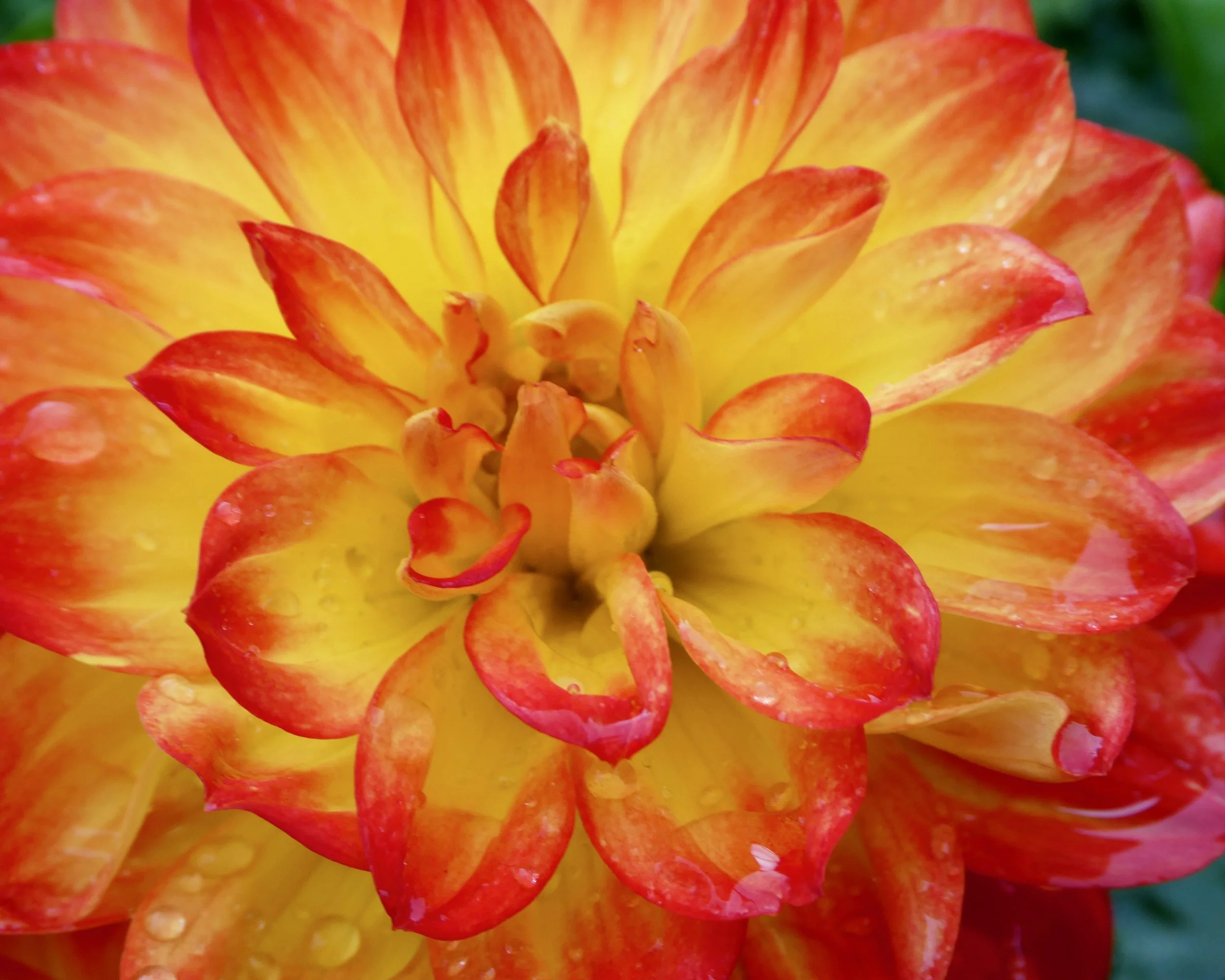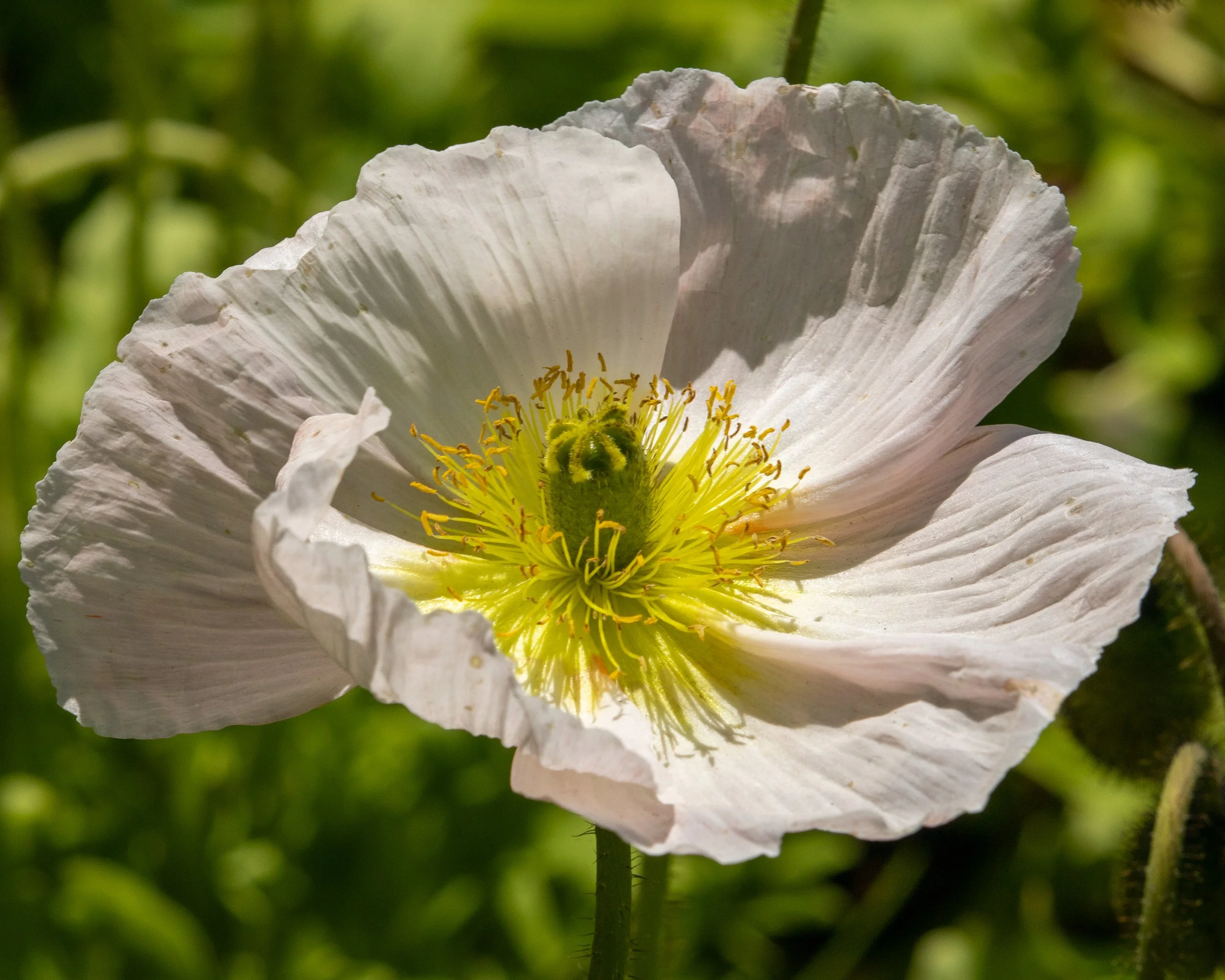Unlocking the Art of Composition: Mastering the Elements of a Perfect Photograph.
Have you ever wondered what makes a photograph visually appealing? Why do some pictures capture our attention while others leave us feeling underwhelmed? The secret lies in the art of composition, a powerful tool that professional photographers utilise to create stunning visual narratives. In this article, we will delve into the world of composition, exploring its key elements and how they can transform your photographs into works of art.
Composition, simply put, is the arrangement of visual elements within the frame of a photograph. It involves carefully considering the placement, balance, and interaction of these elements to guide the viewer's eye and evoke emotions. A well-composed photograph can tell a compelling story, convey a mood, or highlight the beauty in the ordinary.
Example of Rule of Thirds.
One fundamental aspect of composition is the rule of thirds. Imagine dividing your image into a grid of nine equal parts by drawing two horizontal and two vertical lines. The rule of thirds suggests that the most visually appealing points in the photograph are where these lines intersect. Placing your subject or key elements along these points can create a sense of balance and harmony, capturing the viewer's attention.
Example of a Symmetrical photo
Balance is another essential element in composition. There are two primary types of balance: symmetrical and asymmetrical. Symmetrical balance occurs when the elements on both sides of the frame are equal or nearly identical, creating a sense of stability and order. Asymmetrical balance, on the other hand, involves arranging different elements of varying sizes or weights to achieve equilibrium. This can be achieved by placing a smaller subject against a larger backdrop or using contrasting colors to draw attention to certain areas of the photograph.
Example of Leading lines.
Leading lines are powerful compositional tools that guide the viewer's eye through the image. These lines can be literal, such as a road or a path, or implied, like the gaze of a subject. By incorporating leading lines into your composition, you can create depth, add a sense of movement, and create a visual journey for the viewer to follow. Experiment with different angles and perspectives to discover the most impactful leading lines for your photograph.
Example of Framing.
The concept of framing involves using elements within the scene to surround or enclose your subject. This can be achieved by using natural elements like trees or archways, or even man-made structures such as windows or doorways. Framing adds depth and context to your photograph, drawing the viewer's attention to the main subject while providing a sense of scale and visual interest.
Example of color.
Color plays a crucial role in composition, evoking emotions and setting the mood of a photograph. Colors can be warm or cool, vibrant or muted, and can convey different feelings. For example, warm colors like red and orange create a sense of energy and passion, while cool colors like blue and green evoke calmness and serenity. Understanding color theory and how different hues interact can greatly enhance the impact of your composition.
Example of Texture.
Texture is another element that can add depth and interest to your photographs. Whether it's the rough bark of a tree, the soft petals of a flower, or the gritty surface of a city street, capturing and emphasising texture can make your images more tactile and engaging. Experiment with lighting conditions to bring out the texture in your subjects and create a more immersive viewing experience.
Example of Negative space.
Lastly, the concept of negative space is worth mentioning. Negative space refers to the empty or unoccupied areas in a photograph. It allows the main subject to stand out and breathe, creating a sense of simplicity and focus. Negative space can be utilised to evoke emotions or emphasise the scale of a subject and providing a visual pause for the viewer to contemplate. This sounds like the easiest composition but once you start it can become quite the challenge.
Mastering the art of composition takes time and practice. As a photographer, it is essential to develop your own unique style and experiment with different techniques and approaches. Don't be afraid to break the rules and explore unconventional compositions that challenge the viewer's perception. Remember, the goal of composition is to create photographs that captivate, inspire, and leave a lasting impression.
So, the next time you pick up your camera, take a moment to consider the elements of composition. Explore the rule of thirds, experiment with balance, leading lines, framing, color, texture, and negative space. Let your creativity soar as you compose each shot with intention and purpose. With practice and an understanding of these fundamental elements, you will unlock the true potential of your photography, creating images that tell stories and leave a lasting impact on those who view them.
Want to learn more visit here






